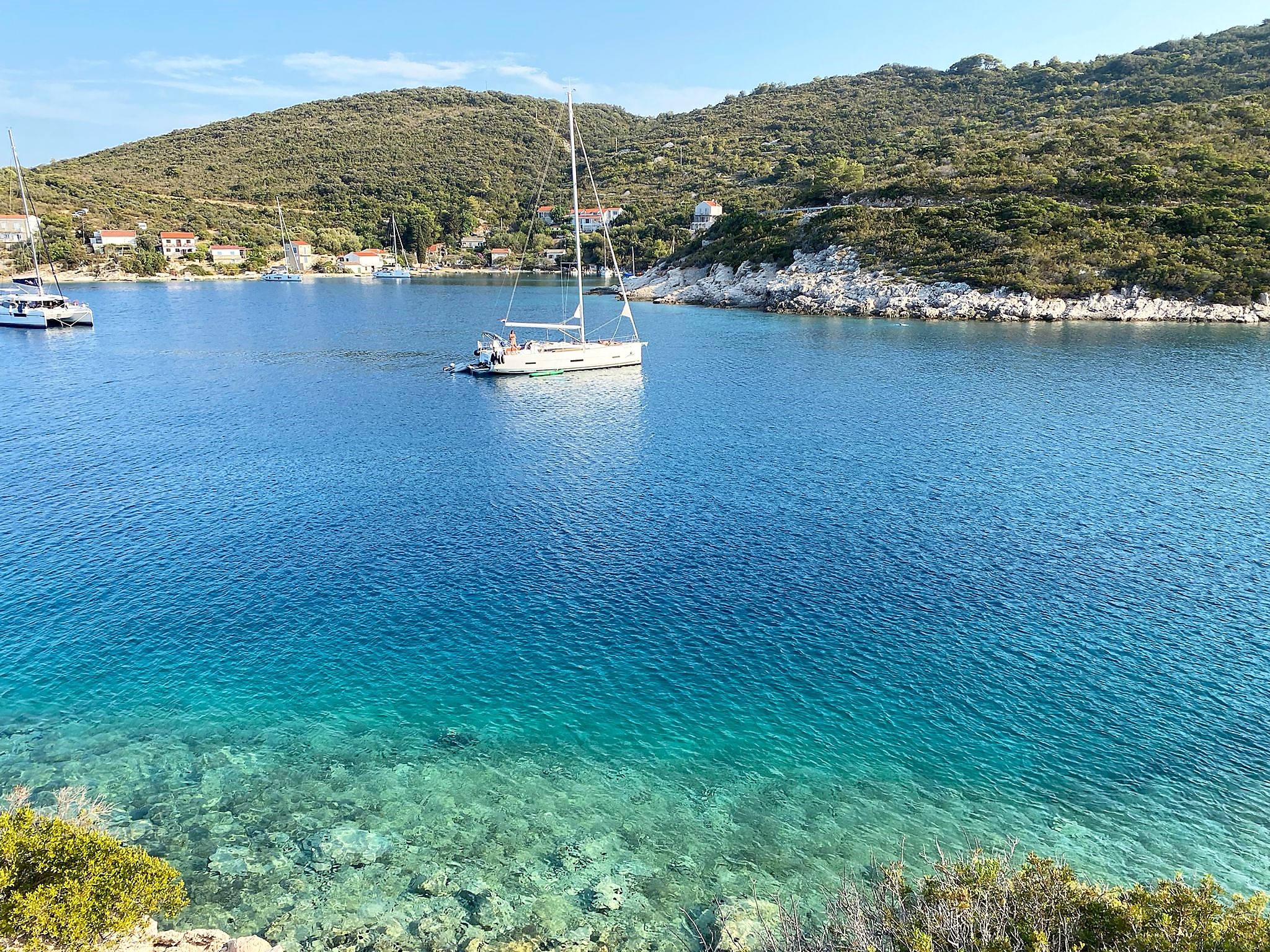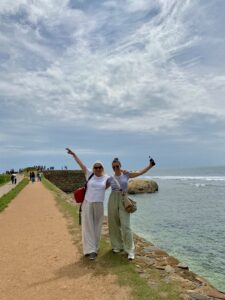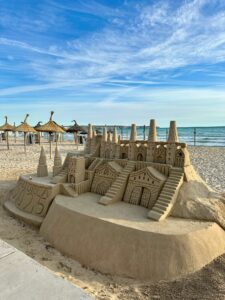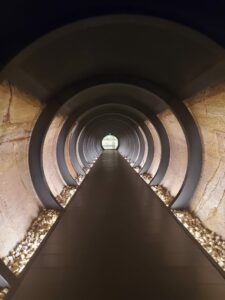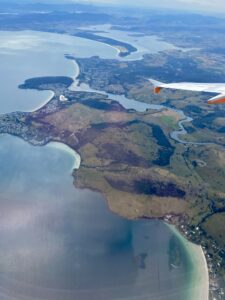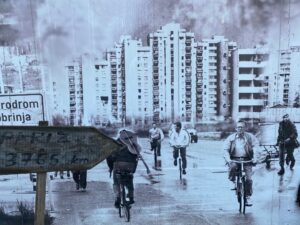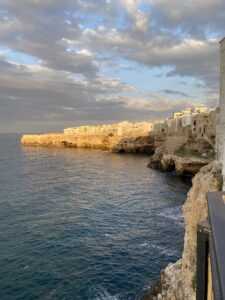Croatian island of completely preserved nature, two towns Vis and Komiža, a road built with the help of donkeys, Tito’s military base for years, a place where the people trampled the ground themselves to make an airport, vines and olive groves, a story about the population that moved to California, famous beaches, the Hollywood hit Mamma Mia and other most interesting stories you’ve heard. Welcome to Vis Island!
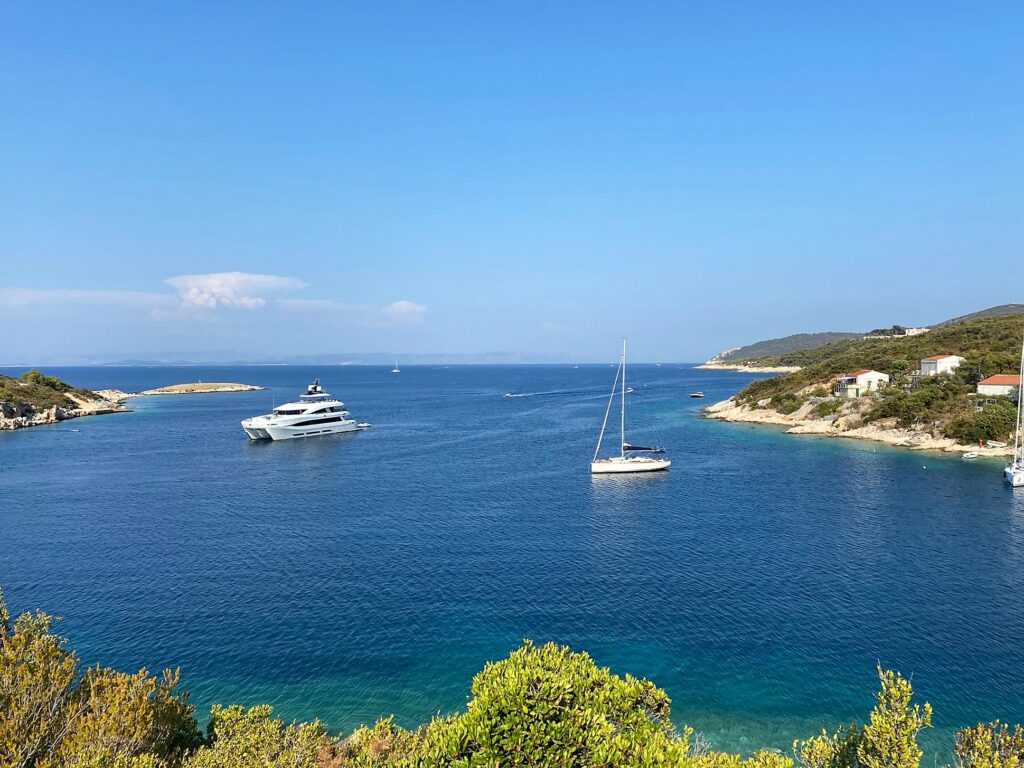
BITS ABOUT THE ISLAND
Vis, or Issa in Ancient Greek, is the most remote inhabited Croatian with wonderfully preserved nature which, due to the fact that the island was used as Tito’s military base, remained basically untouched and was closed for tourists for a long time, which is why it has preserved its divine beauty.
There are two large settlements, namely Vis on the eastern side and Komiža on the western coast. According to the 2011 census, the island had 3,617 inhabitants. It is considered the island of the Illyrians, Greeks and Romans.
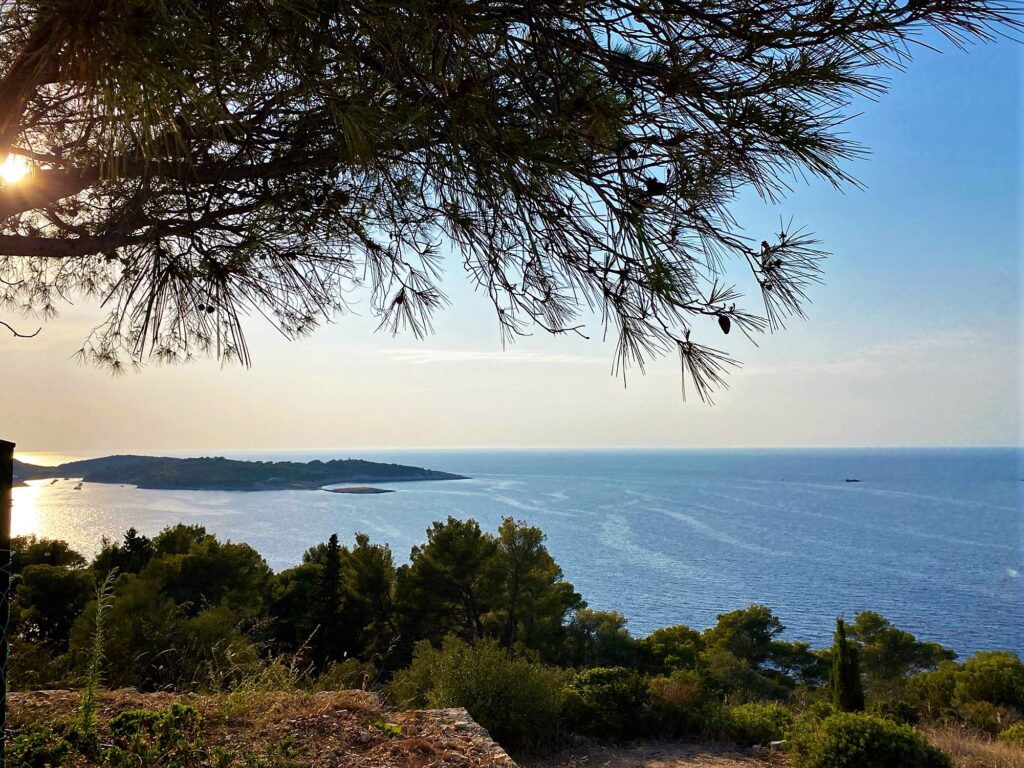
Vis has been inhabited since ancient times. In the 4th century BC, the Greek tyrant Dionysius the Elder founded the colony of Issa on the island that then became an independent town, minted its own money and founded its own colonies.
Until the 18th century, the island was under the rule of the Republic of Venice, which is when Komiža and Vis developed as administrative centers. The Venetian influence is recognizable in the island’s architecture, while some vocabulary of the Croatian dialect spoken by the local population has Venetian origins.
When the road from Komiža to Vis was being built during the Austro-Hungarian Empire, there is a very interesting anecdote that the road was built with the help of a donkey. It is common knowledge that a donkey always takes the easiest way, so the inhabitants of the island took the donkey from Vis to Komiža and let it return to the starting point on its own. People immediately marked the path where the donkey went as a road, and this old road has connected Komiža and Vis to this day with a length of about 20 km.
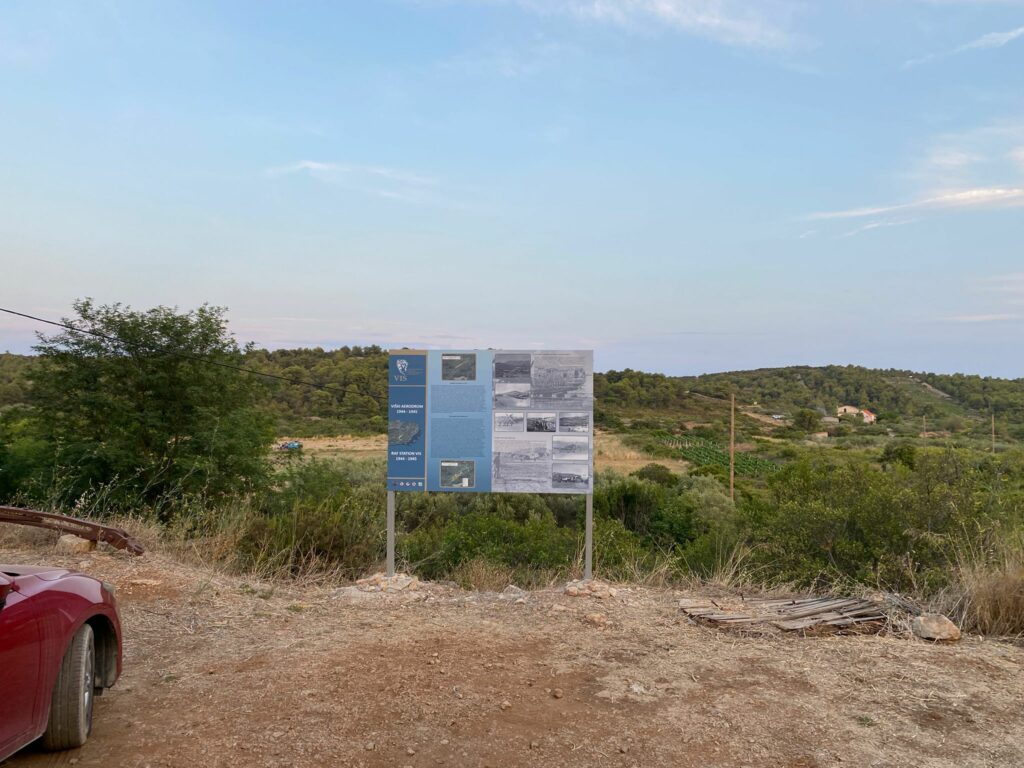
During the time of English rule, Vis was called the „Key of the Adriatic“ and was known as „Gibraltar on the Adriatic“ and „Little Malta“.
The highest point of the island is Hum at a height of 587 meters, which offers a wonderful view of the islands, among others, and the volcanic island of Jabuka. This small isle is located seventy kilometers from Vis, its peak is known as „Black tooth “. The island is completely uninhabited, and it is impossible to anchor along its shores due to the sea depth of over 260 meters, and magnetite present in the volcanic stone of the island, which makes the magnetic needle of the compass unreliable, so navigation here has no purpose.
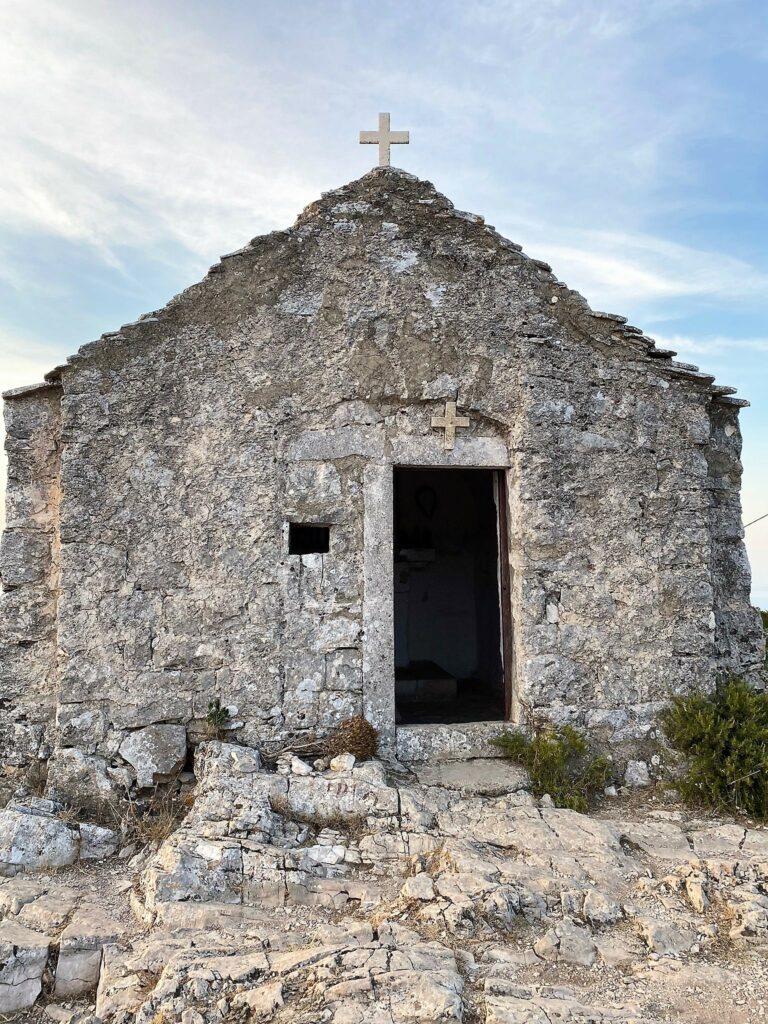
Hum is home to the Chapel of Holy Spirit to which many tourists come, leaving papers with prayers and thanks for their blessings.
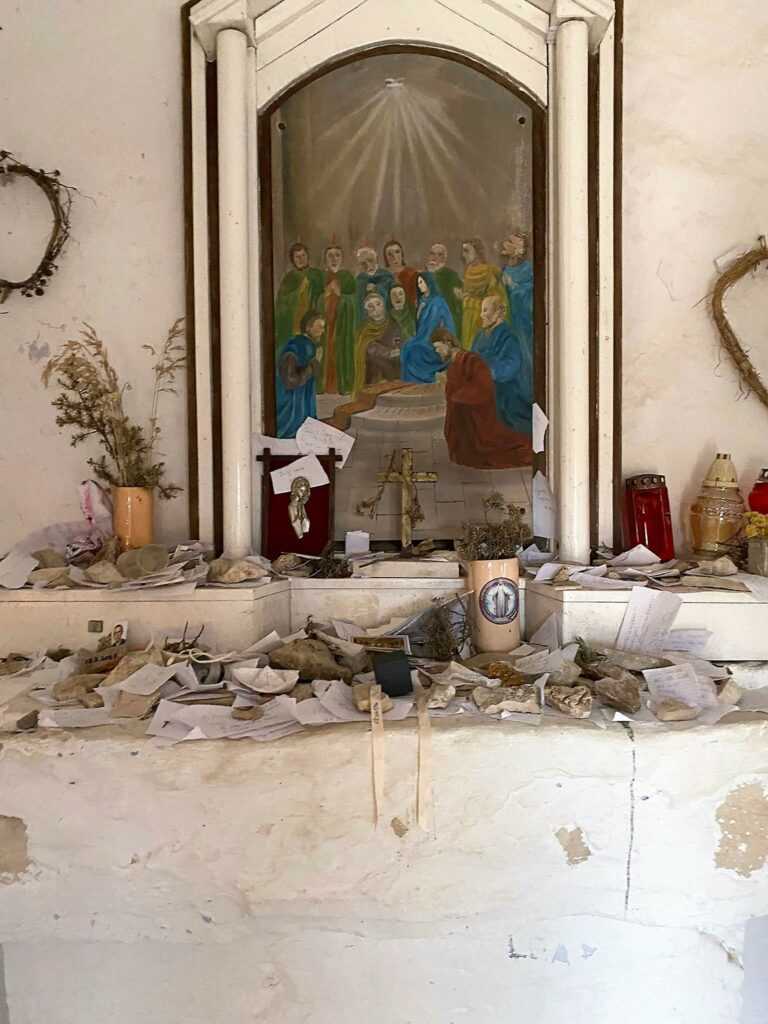
AIRPORT TROD BY FEET
In the Second World War, Vis was under Italian occupation from 1941 to 1943, when it was liberated by partisans and at one point became the headquarters of Marshal Josip Broz Tito, who returned Vis to Yugoslavia after the end of the war in 1945.
During the war, most of the islands were land mined, which is why it is still recommended to follow the beaten paths, because it is still not certain that the entire area is free of mines. By 2008, as many as 34 remaining mines had been cleared.
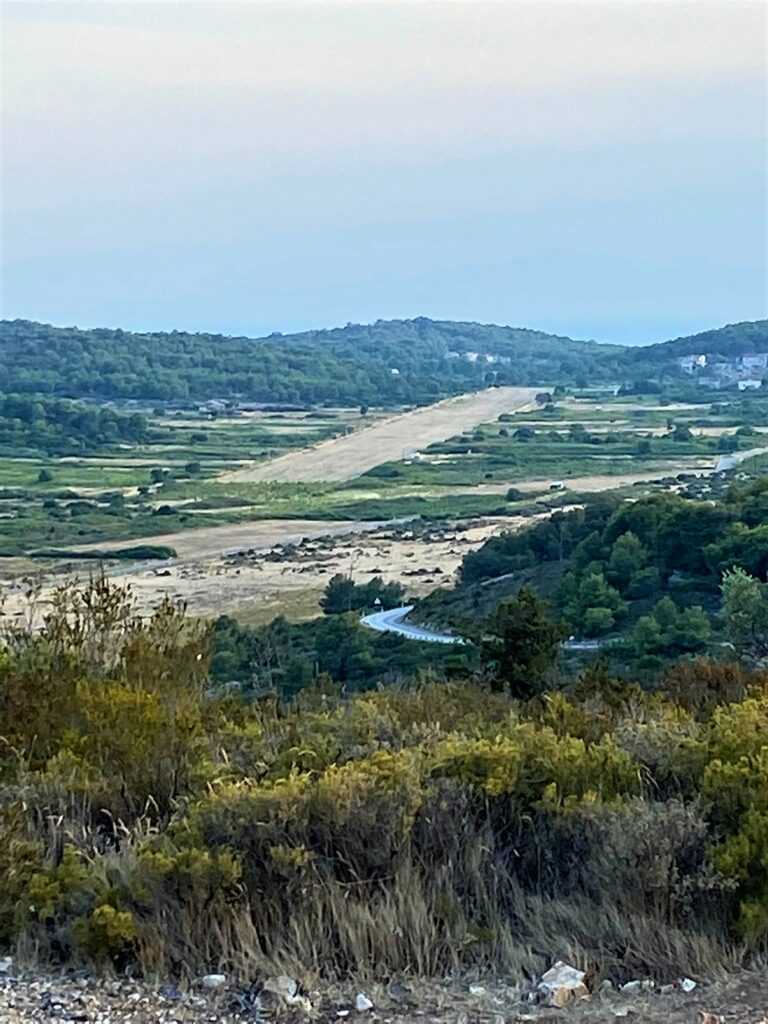
The Vis airport was built by the inhabitants of the island by treading the ground for the airport runway with their feet, especially after a rainy period, in order to make the surface as flat as possible for landing planes. Therefore, many allied fighter planes were based on the small airport, including the American B-24.
Thanks to this small airport, 3,700 lives were saved during the war, and the heavy traffic on it is evidenced by as many as nine plane wreckages on the Vis seafloor and the largest American heavy bomber, B-17, whose wreckage is completely preserved under the sea.
During the Second World War, a crate with paperback books of the armed forces was parachuted onto the island of Vis, which was then translated from English to the partisans by the American soldiers.
BUNKERS AND CANNON BASES
After World War II, the Yugoslav People’s Army (JNA) used the island as one of its main naval bases, which contained a labyrinth of underground tunnels, bunkers and several artillery bases.
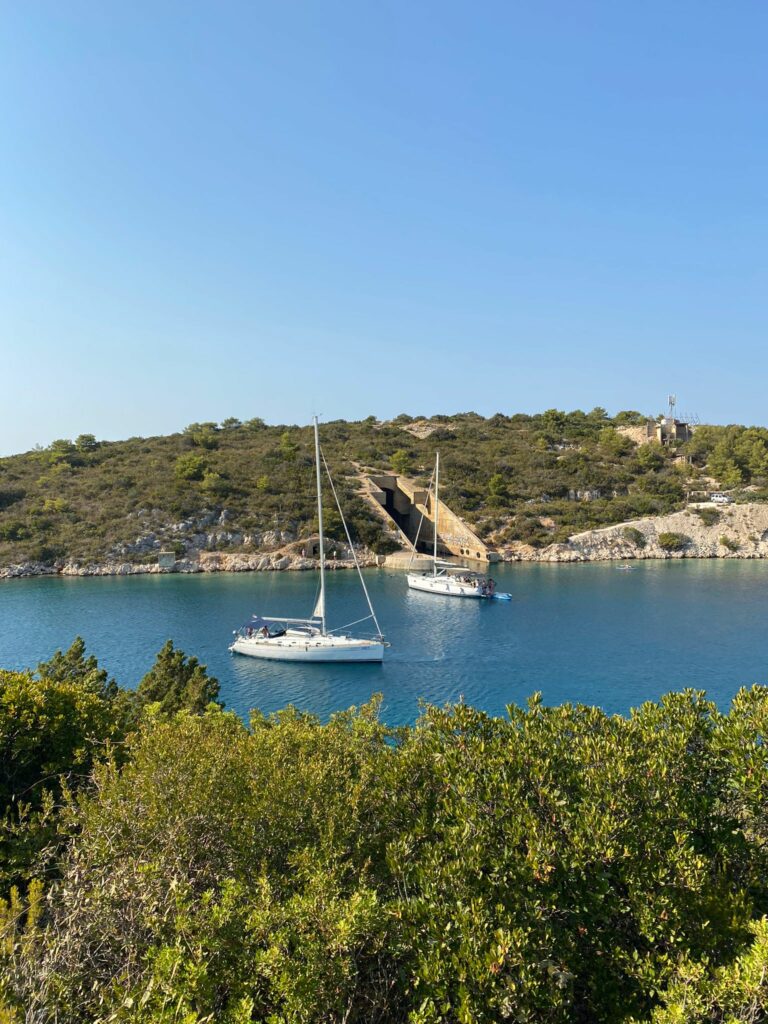
NOVA POŠTA (New Post) was an artillery base with sixteen cannons confiscated in the Second World War, where 50-60 people worked every day.
They entered using a code that changed every seven days and no one else could enter the underground tunnels where the ammunition was produced.
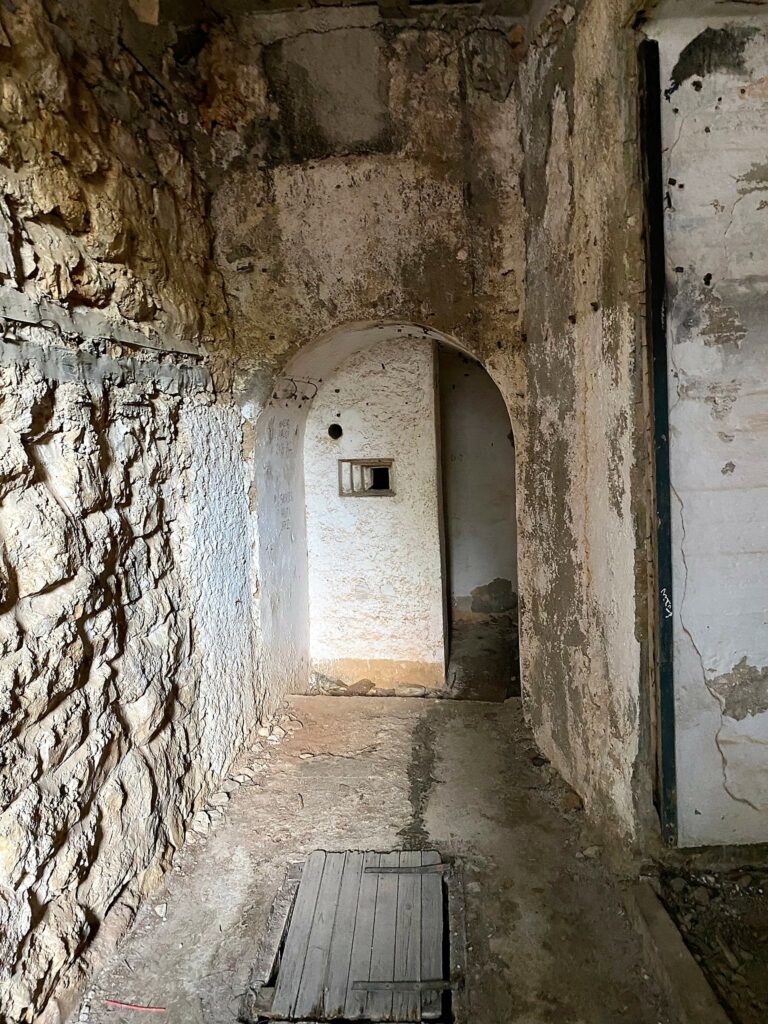
The cannons could shoot up to eight kilometers.
Each base had a communication room from which an officer relayed information by telephone to the terraces with the cannons, and in the event of a power failure there was a long tube made for shouting through which the terraces could be connected to the communication room.
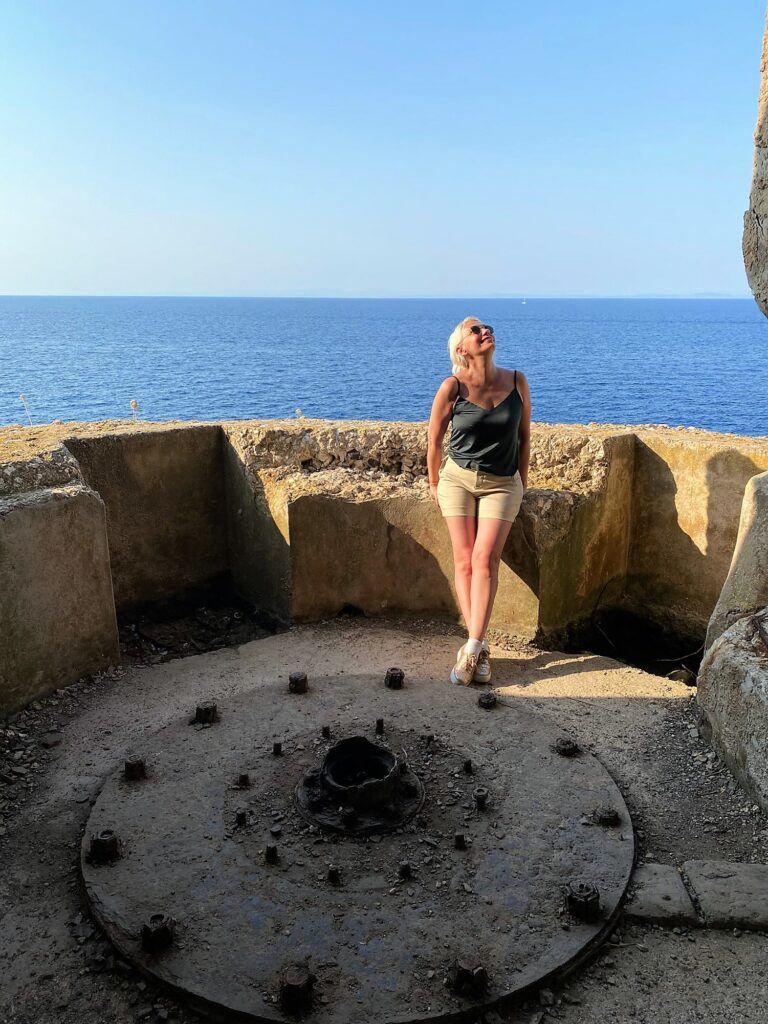
There are tens of kilometers of the main corridors, and there are numerous warehouses where tools, water and ammunition were stored.
Vis was chosen as a military base for the unique reason that it has eleven natural underground pools with drinking water, and as water means life, it was a sure fortress where water would not run out.
Also, the main tunnel had generators so that in the event of a power outage there was still a source of electricity on the island.
Soldiers slept in these rooms, and they were protected by another layer of reinforced concrete to keep the army safe from attacks.
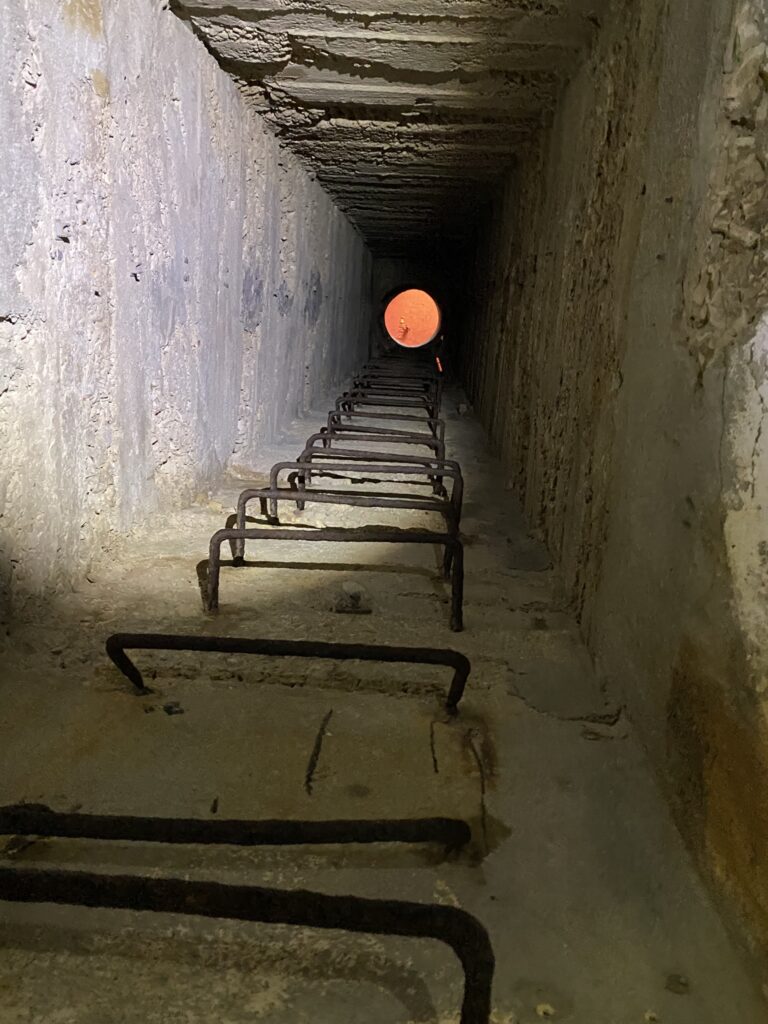
During the cannon firing drills, the soldiers had to wear protective headphones because of the loud noise, and the practice consisted of one volunteer getting into a speedboat with a huge target and driving it through the sea, which was then fired at by the cannons. The only question that remains is who was crazy enough to ride in a speedboat while being shot from a cannon.
The pyramidal circles on the rocks above the cannons were of great importance because they were made in such a way that they broke the sound produced by the cannon, and on the other hand they confused the opponents, and the opposing army could not find them with their radars.
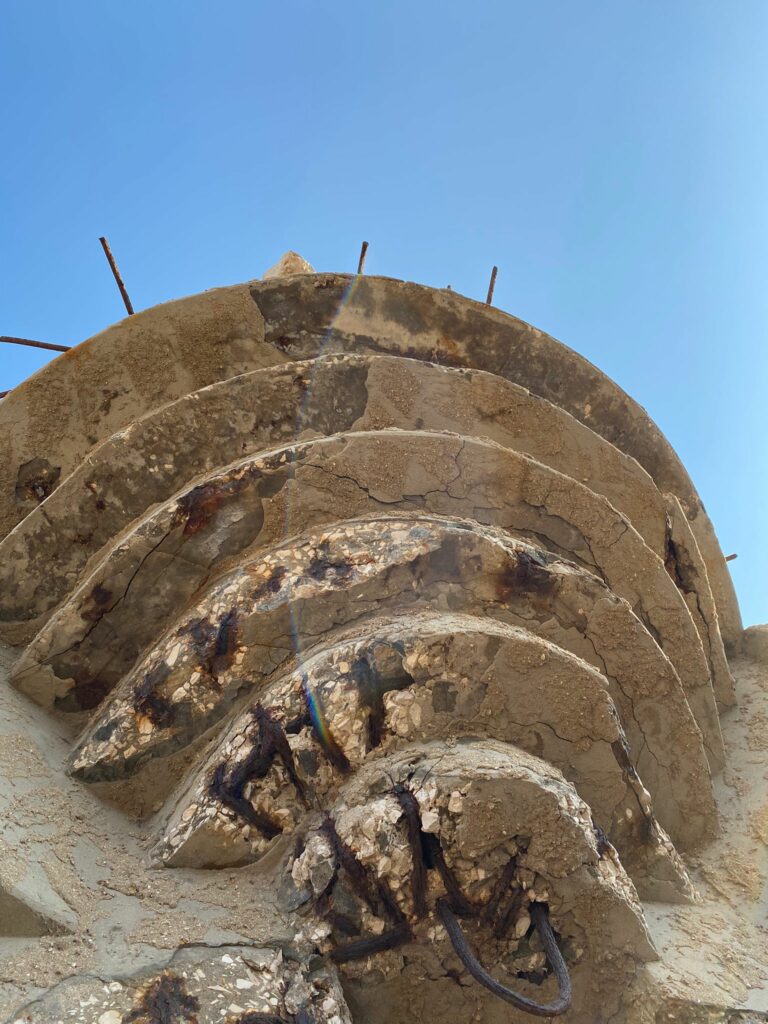
Outside, the tunnels were camouflaged with Styrofoam that looked like rocks from a distance, all the doors painted gray, the cannons would get covered in camouflage netting with pieces of Styrofoam painted gray so they couldn’t be seen from the sea or air.
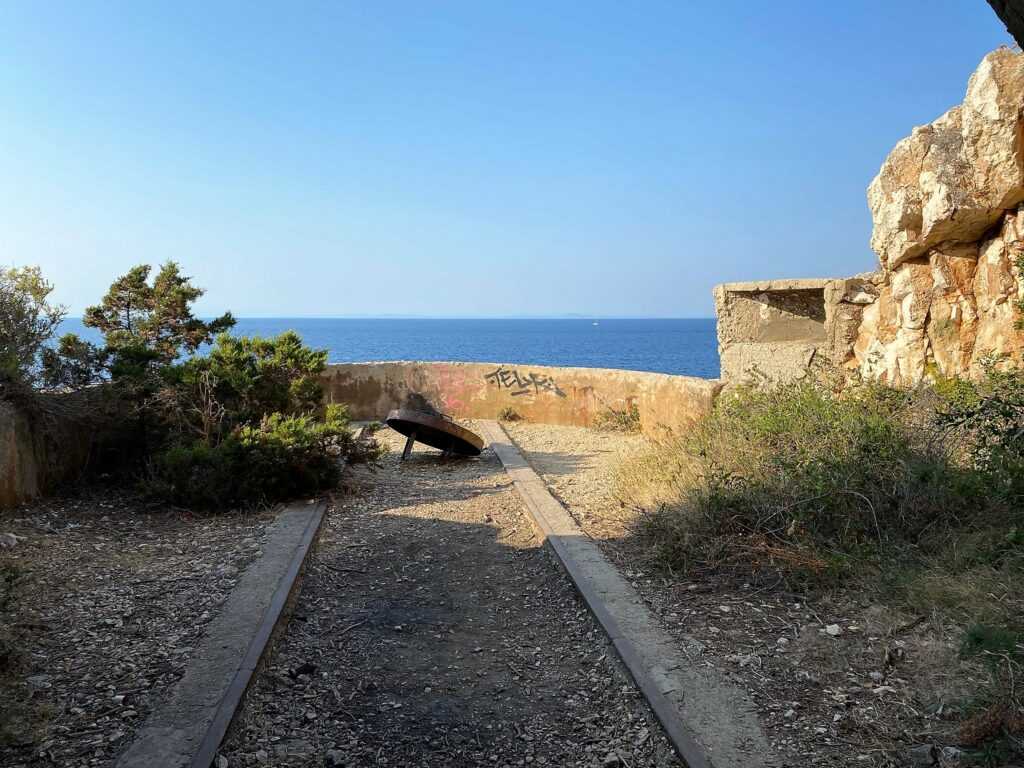
It is important to say that not a single bullet was ever fired from cannons for military purposes, only for practices.
Tito’s tunnel was used to hide a submarine, ant the tunnel’s depth is seven meters, so a part of the submarine was sticking out of the sea.
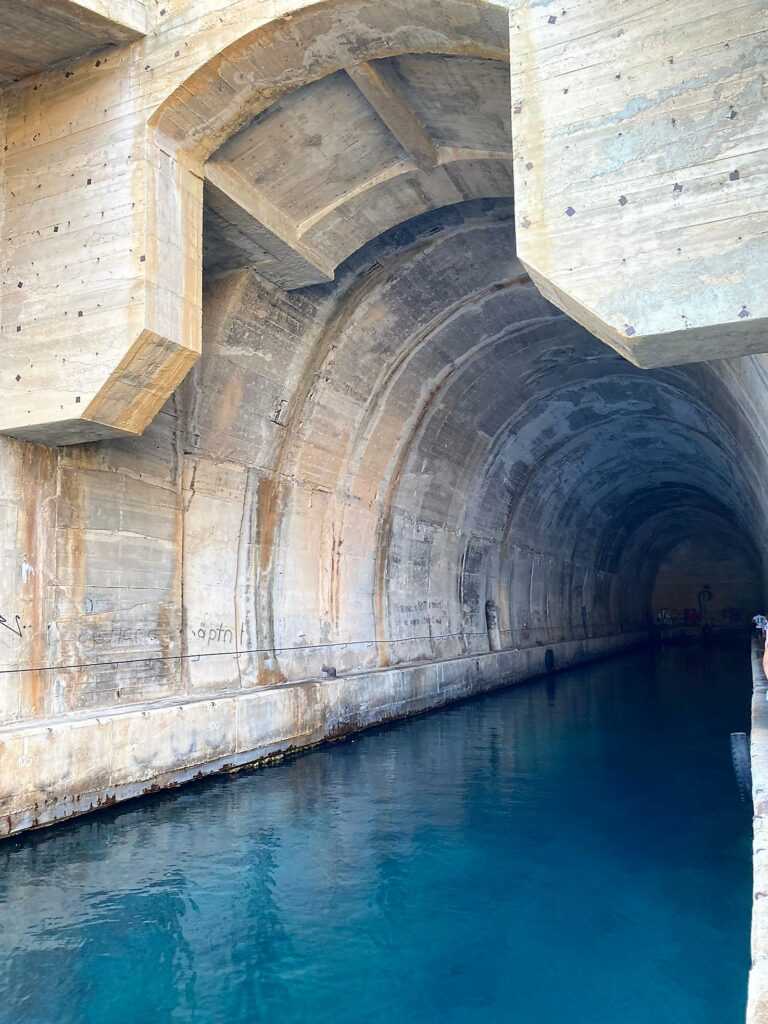
The tunnels were dug with dynamite and wood in such a way that the wood is wetted and supports are placed, which are removed piece by piece with the help of dynamite. The arches are only slightly coated with concrete so that pebbles do not fall on people who pass by them.
In the tunnel there are metal pipes that were used to refuel the ships.
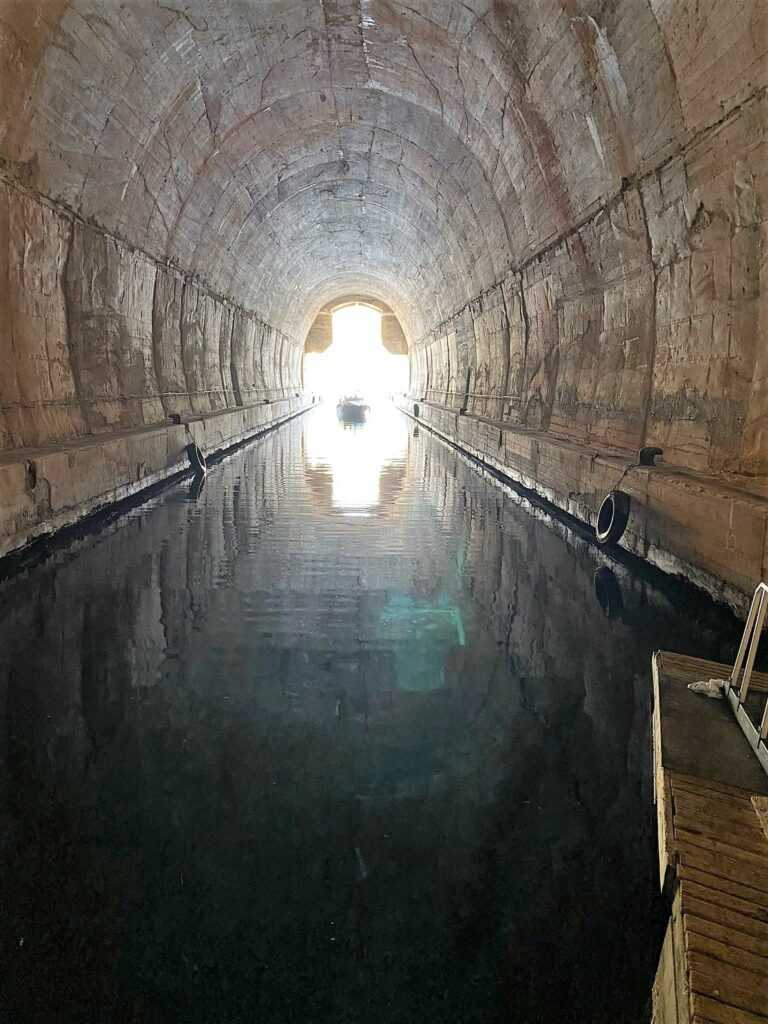
Generally, there are about a dozen of Tito’s tunnels on the Adriatic coast, and they were used to hide submarines and torpedo boats, and three torpedo boats could fit in one.
All the tunnels were equipped with mines because if the enemies came, they would automatically destroy themselves.
No one could reach the tunnels because they were located deep in the hills or in bays, so any attempt to approach would be visible from any point on the island of Vis.
In the middle of the island is an atomic ark, i.e. an atomic shelter that could fit a hundred people with enough food, water and its own generator to survive for three to four months.
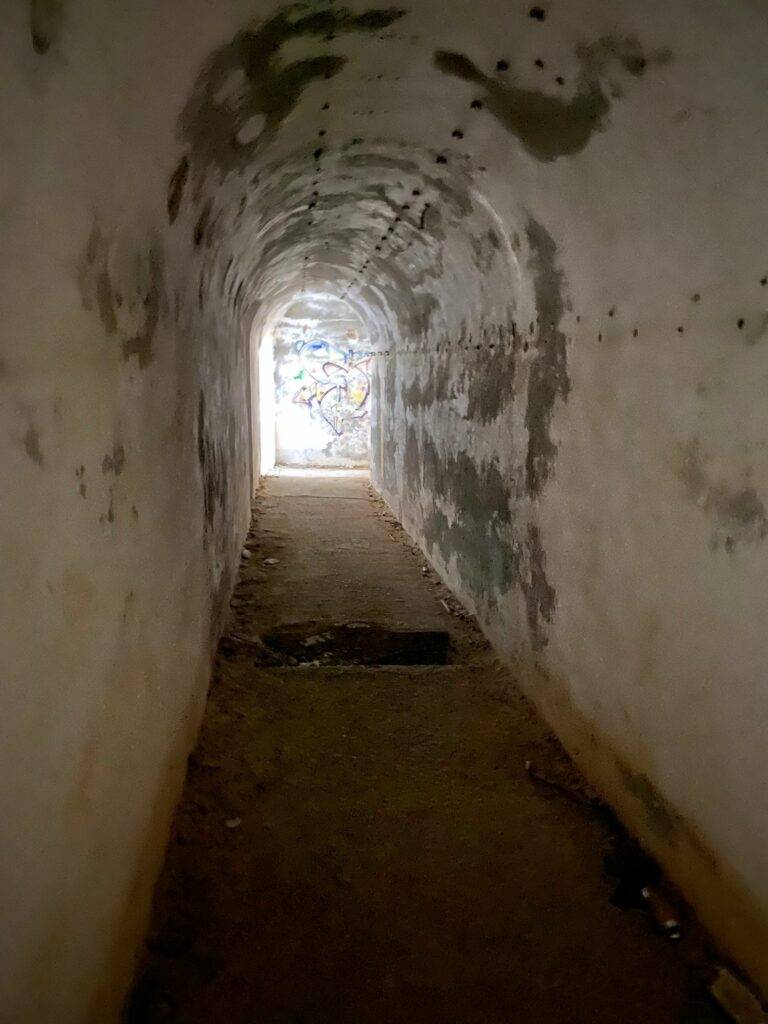
The island did not have any strategic importance, so during the Croatian War of Independence in November 1991, Montenegrin Rear Admiral Vladimir Barović was reassigned to Vis with the order to bombard the cities of Split and Šibenik. He refused the order from Belgrade and committed suicide, saying that he was against the war and that he could not shoot at the Croats because they were his brothers.
When the JNA was retreating from Vis, they disabled each cannon by blowing up its top with dynamite so that it could not be fired.
Since no one came to the military base on the island of Vis for a very long time, the Roma people came and took all the iron and copper they found together with the cannons and sold them. The ending of this story is like a bad joke.
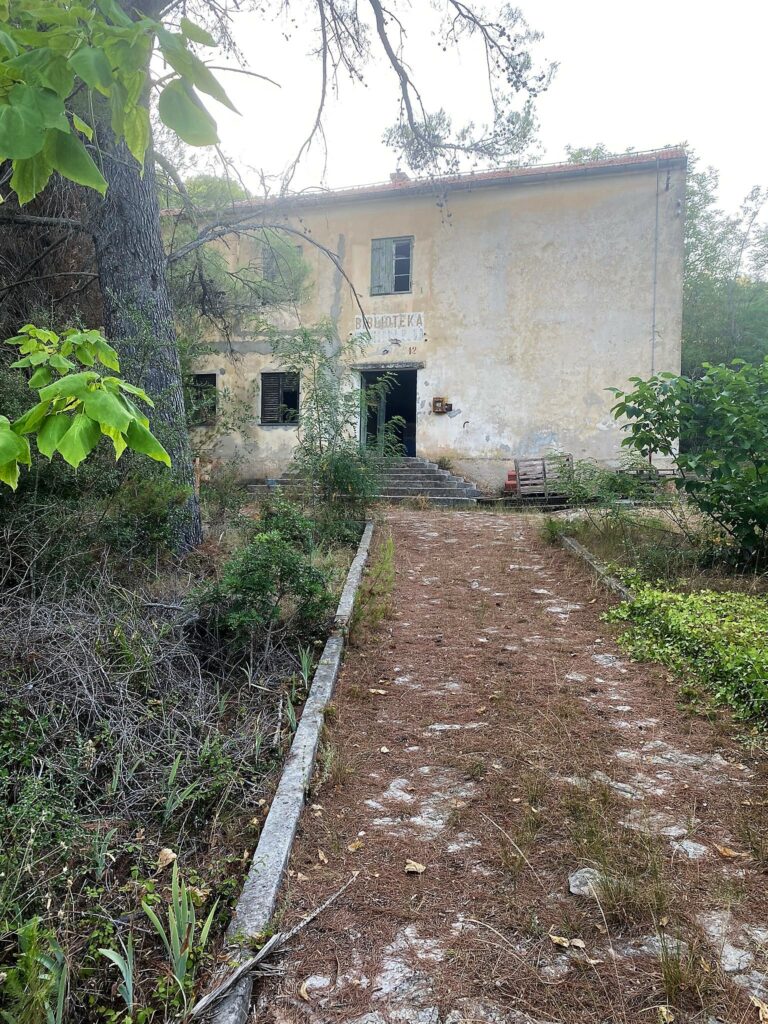
Abandoned buildings are today used for civilian or tourist purposes, specifically the local population catch anchovies in the tunnels by chasing them with a net to the end of the tunnel and catching plenty of fish, or for fun when they wanted to go out with a girl for the first time, they proved their masculinity by jumping into the sea from the highest point of the tunnel, and one tunnel is leased by a family from Vis which uses it as a wine cellar due to the ideal conditions for wine production.
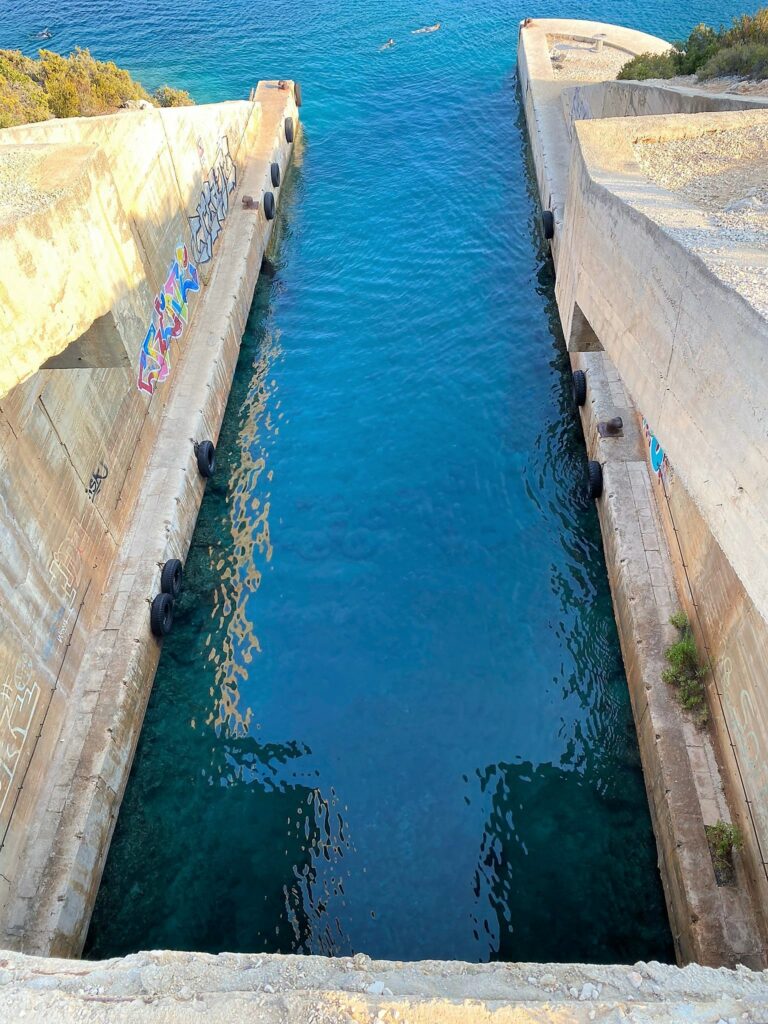
Today, military locations are left to their own devices, they are falling into disrepair, the atomic shelter is closed due to the collapse, and only a few Military tours around Vis end up in a network of bunkers and tunnels, and it is a question of how long it will be like that. And they could become a top tourist attraction like no other in the world.
FORTICA – FORT GEORGE
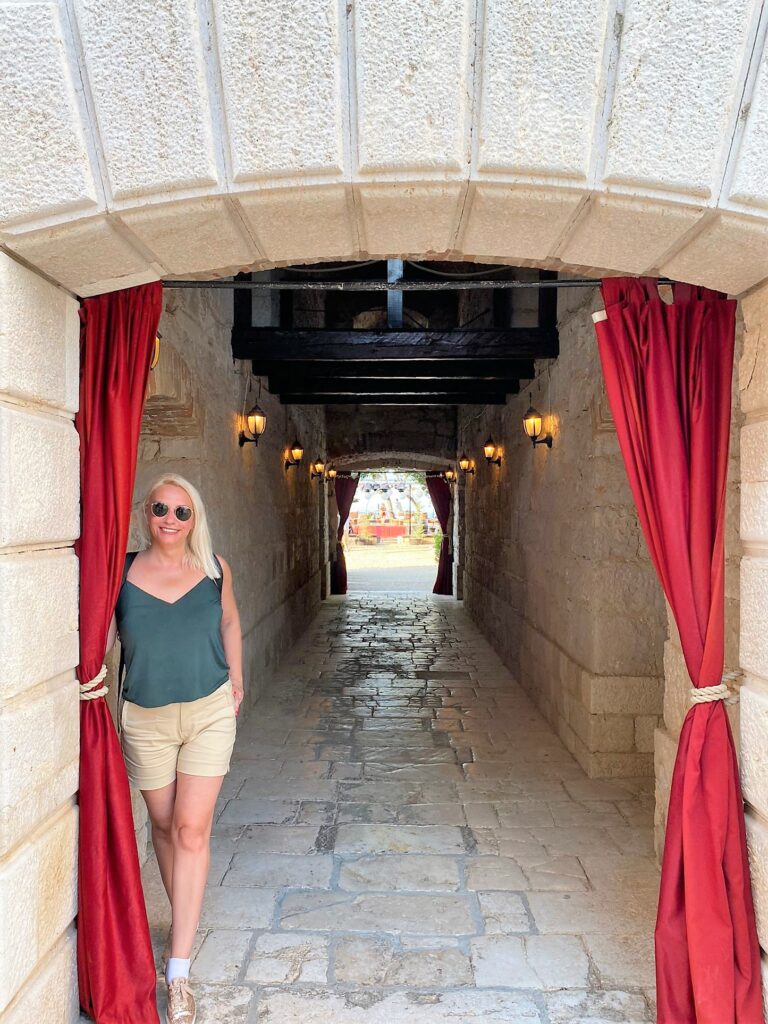
The famous Vis attraction refers to the beautiful fort located at the western entrance to the port of Vis, Fort George, named after the British King George III. The Crazy.
The king was declared insane when, in the summer of 1788, his illness flared up meaning he spoke for hours without a break, which made him foam at the mouth, and his voice became hoarse. He would often repeat and write sentences with more than 400 words at a time with very complex and colorful vocabulary that indicated symptoms of bipolar disorder.
Doctors could not explain his illness, and false stories about his condition spread, such as the claim that he shook hands with a tree in the mistaken belief that it was the King of Prussia.
The treatment of mental illness at the time was primitive by today’s modern standards and he was treated by forced restraint of any behavior until complete relaxation.
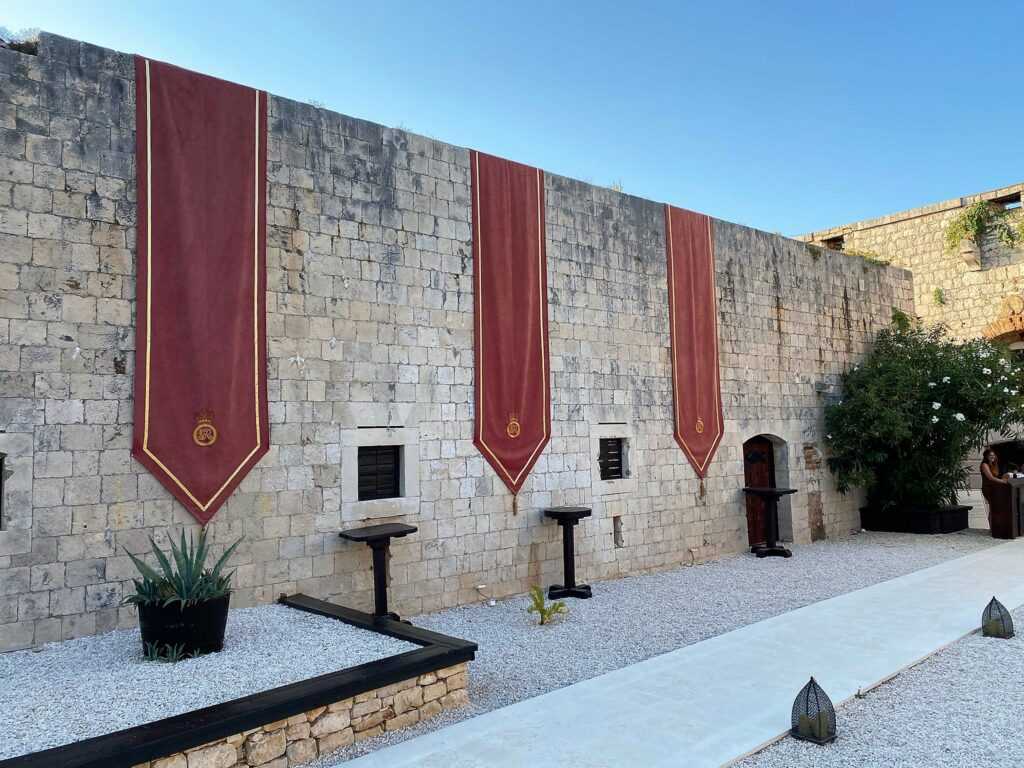
After the Royal Navy’s victory in the Battle of Vis in 1811, the British built numerous forts, the largest of which was named after King George III. Construction began in 1812. It has an elongated shape, 105 meters long and 32 meters wide. It is located on a two-meter ditch, which was entered via a wooden movable bridge on the other side. Above the entrance is a carved British flag with two flowers on each side. Inside the area there were barracks, a gun powder room and warehouses, and on the south side were cisterns for collecting rainwater.
For almost two centuries, the fort witnessed numerous wars that took place in these areas, and in the 1990s it was completely abandoned and left to its own devices.
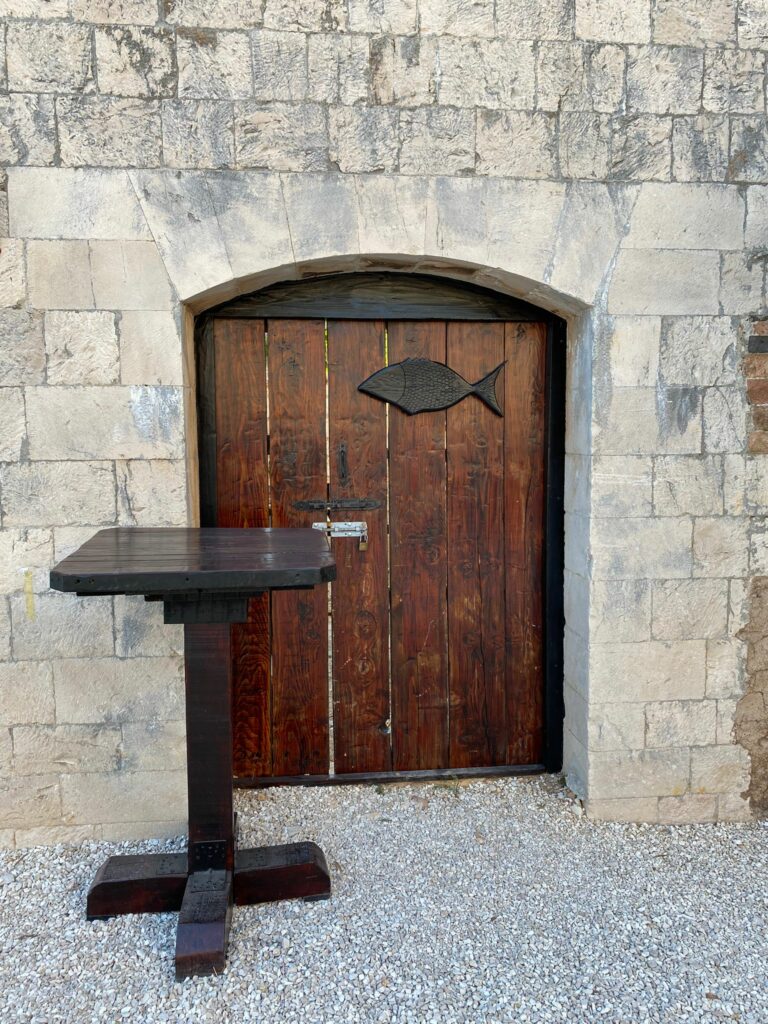
In 2012, the company European Travel Ventures Ltd. received a concession for 25 years of use of this valuable facility at the time when The Yacht Week is held in Vis, during which parties, dinners and concerts are organized for yachtsmen.
It is open for tourists on all other days and the easiest way to get to it is by car or a half-hour walk with a phenomenal view of the town of Vis, where you can enjoy a wonderful space with various events in the bastion of celebrations, quality music, Mediterranean cuisine and art, fantastically combining tradition and modern world into one whole.
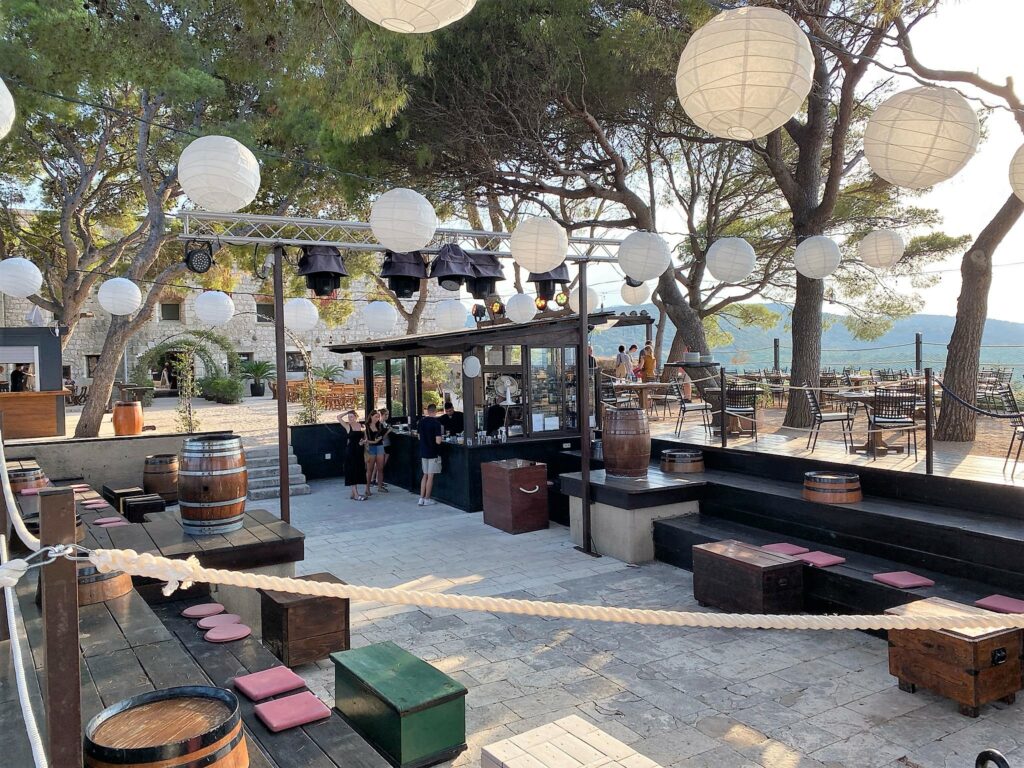
From the Fort, you can see one of the most beautiful sunsets on the island, where you get the impression that the sun is literally falling into the sea.
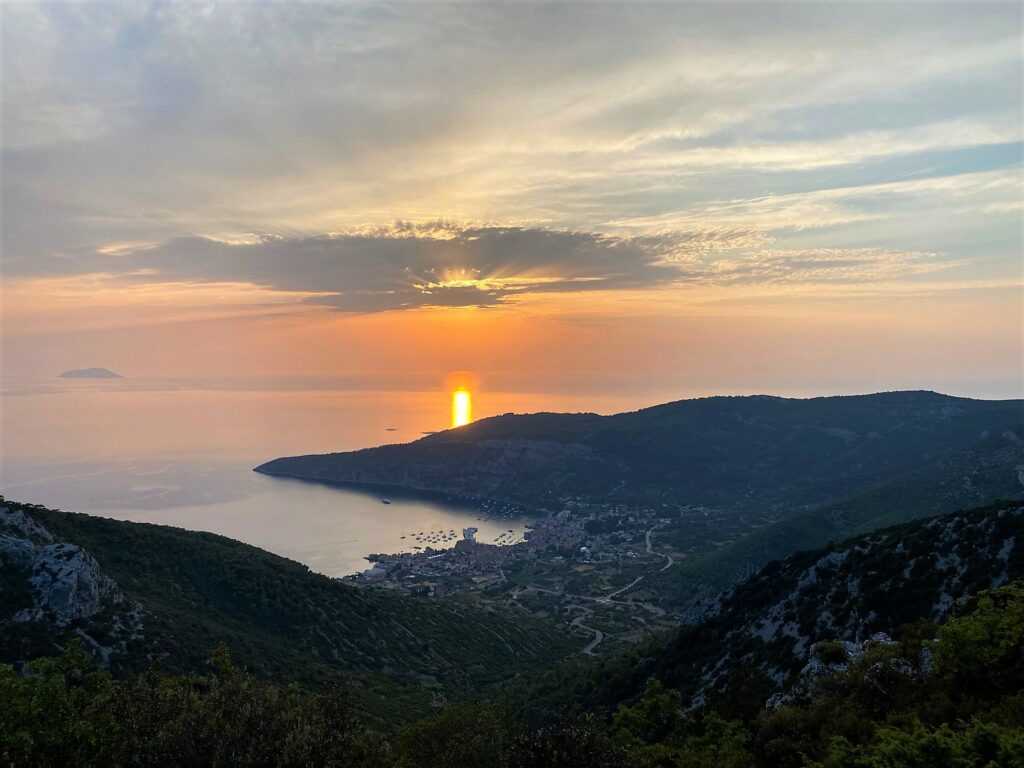
VINEYARDS, CAROBS AND OLIVE GROVES
In the past, Vis was the largest producer and synonymous with viticulture, extremely well known throughout the world. With a lot of arable land and sources of drinking water, the land represented a real haven for the production of the potion of truth.
The greatest production boom occurred in the second half of the 19th century, when diseases ravaged the vineyards of Western Europe, and they had not yet reached Vis, so they achieved the highest prices on the market selling wine as far as the Vienna Court itself, producing 900 wagons of wine.
Like many other Adriatic islands, the vine disease phylloxera took its toll here, appearing during the First World War and completely destroying the vineyards in a few years.
Then a large number of the island’s population, especially from Komiža, moved to the United States to California, where they started a new life in the city of San Pedro, which is now part of Los Angeles, engaged in viticulture because the climate was most similar to that of Vis.
Likewise, numerous fishermen from the famous traditional fishing families of Vis moved to the United States, because before the Second World War there were seven fish processing factories that later merged into the Neptun factory, which disappeared during the conversion.
Today, there are ten times as many Komižans living in San Pedro than in the town itself, and according to some estimates, there are about 25,000 Komižans and their descendants in America.
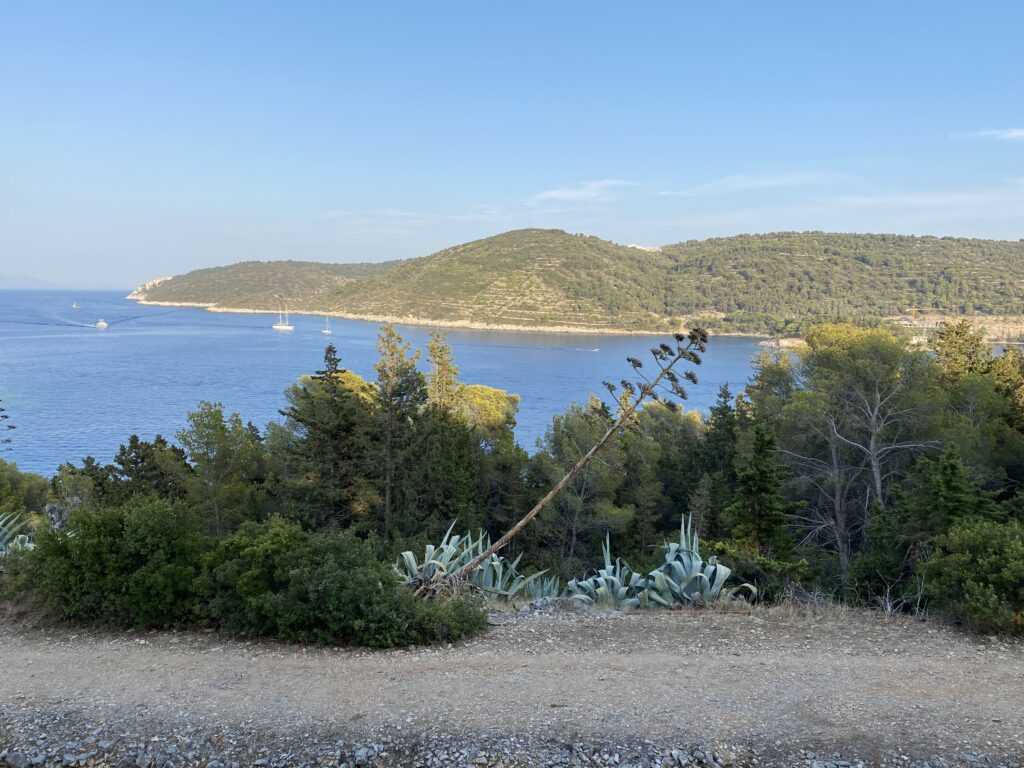
Nowadays, the island of Vis is increasingly oriented towards eco-tourism and eco-farming, especially because of the sources of drinking water, so when it is said that a product comes from Vis, it is a guarantee of top quality.
It is also interesting to note that a married couple from America recently moved here and built the first avocado farm on the island.
Also, there used to be an abundance of carob on the island, which has been used in the diet for more than 4,000 years and is known as a food from biblical times. In ancient times, the carob seed served as a unit of measure for weighing gold, because regardless of the size of the carob, whether it is long or short, bumpy or flat, its seed is always the same and has an identical weight of 0.18 grams. This represented that one seed was equal to one carat of gold, and the word carat comes from the Greek word keration, which means “carob seed” and is still used today.
Although there are still many carob trees today, the most profitable agricultural branch on Vis is the cultivation of olives, where there is not much work to be done and for which there is a famous proverb popular among the islanders:
“An olive tree is like an old mother, you come to her once a year and she gives you everything, and the vine is like a lover, you don’t come to her for one day and she runs away.”
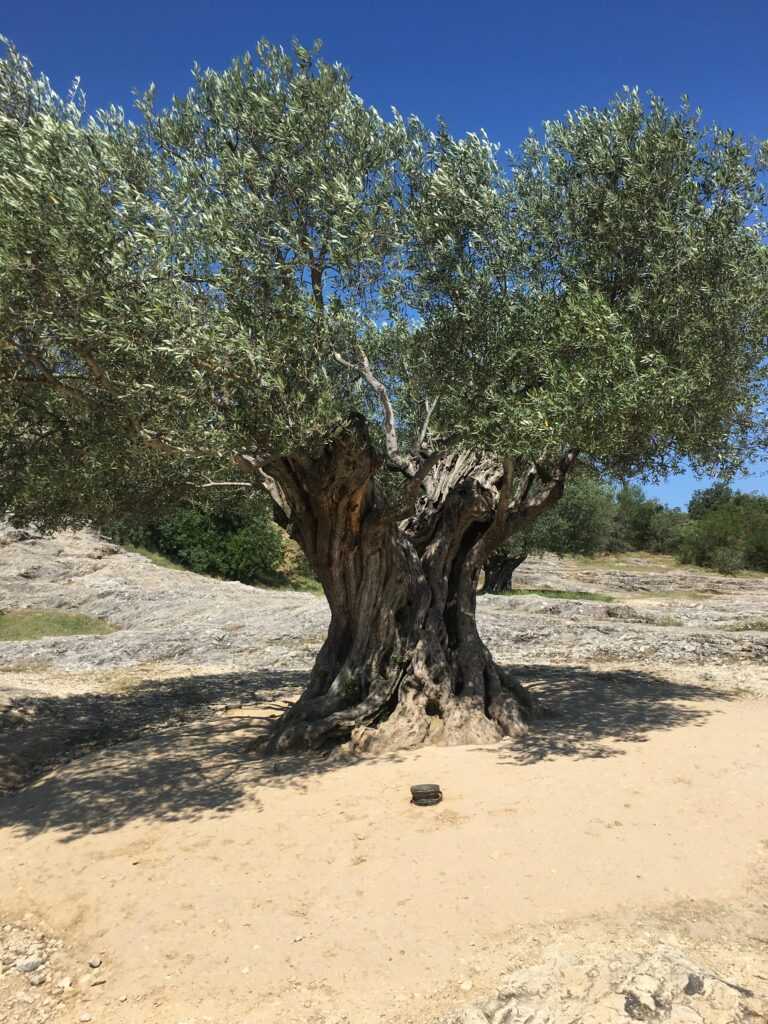
AT THE END
Since Vis was isolated from mass tourism for years, today it has opened its doors wide, and due to its wonderfully preserved tradition, nature and environment, it is one of the most beautiful islands that is a real pleasure to visit.
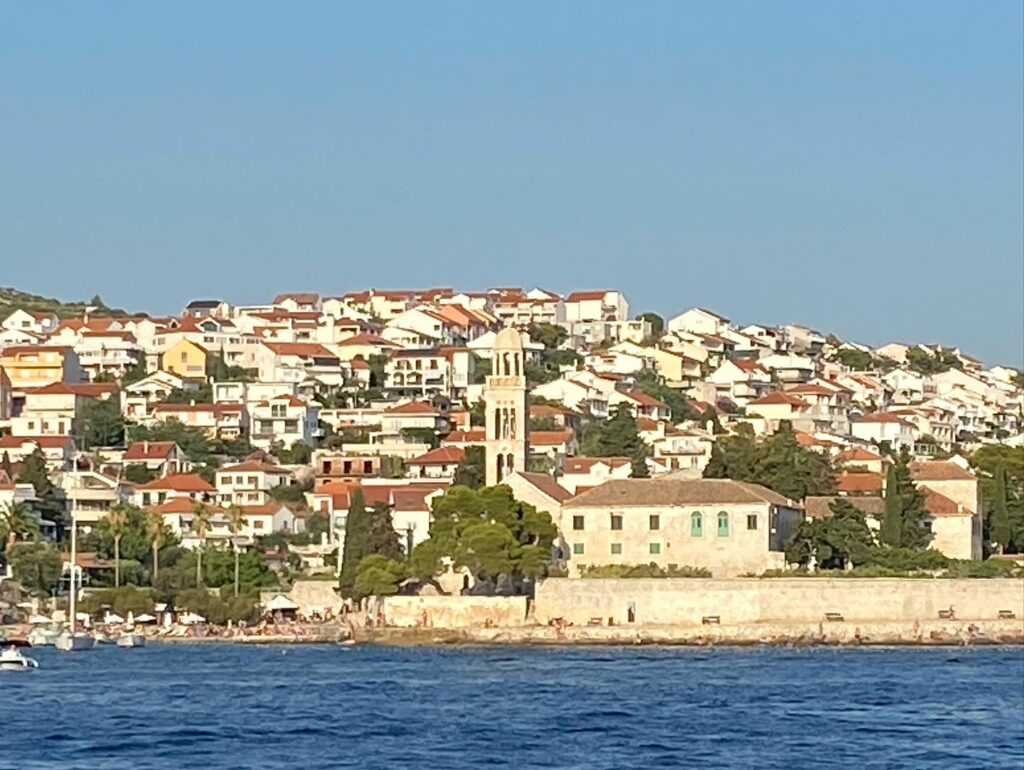
This is supported by the fact that the producers of the 2017 Hollywood hit film Mamma Mia! Here We Go Again, they chose Vis to shoot beautiful locations that are nowhere else in the world.
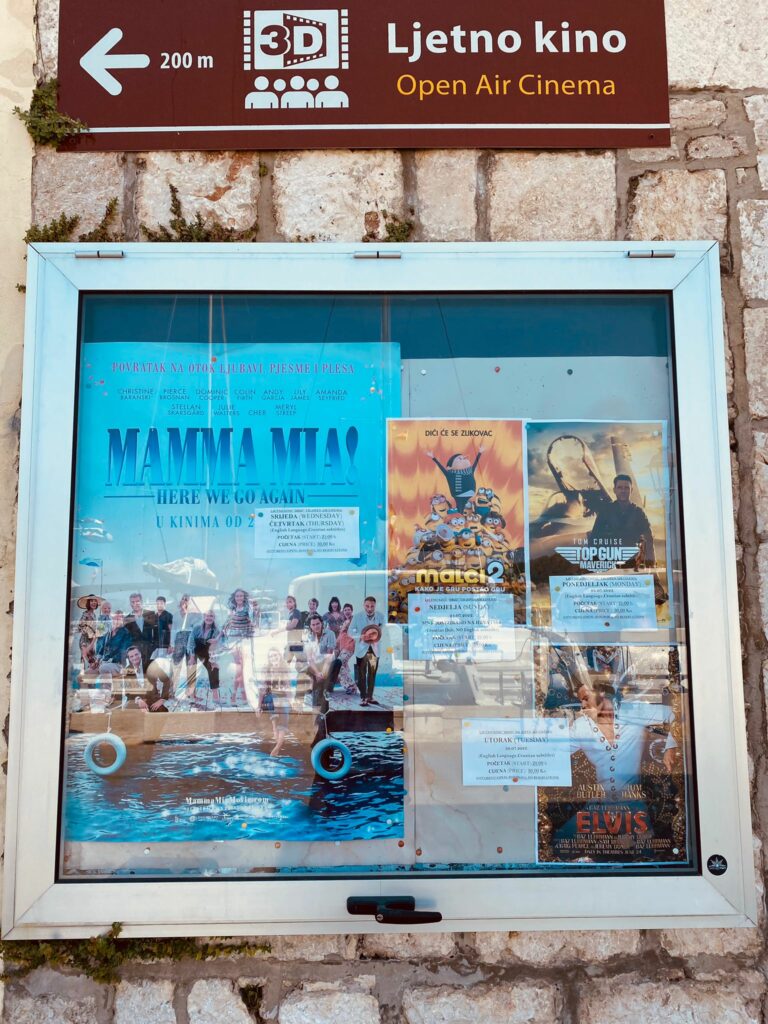
Of the many islands that can be visited, Vis is the place of the most preserved natural beauty and the most beautiful island of the Mediterranean, where famous beaches such as Stiniva or Srebrena, where Mamma Mia was filmed, with their sandy bays above which rise huge rocks adorned with pine forest crowns, remind of heaven on earth.
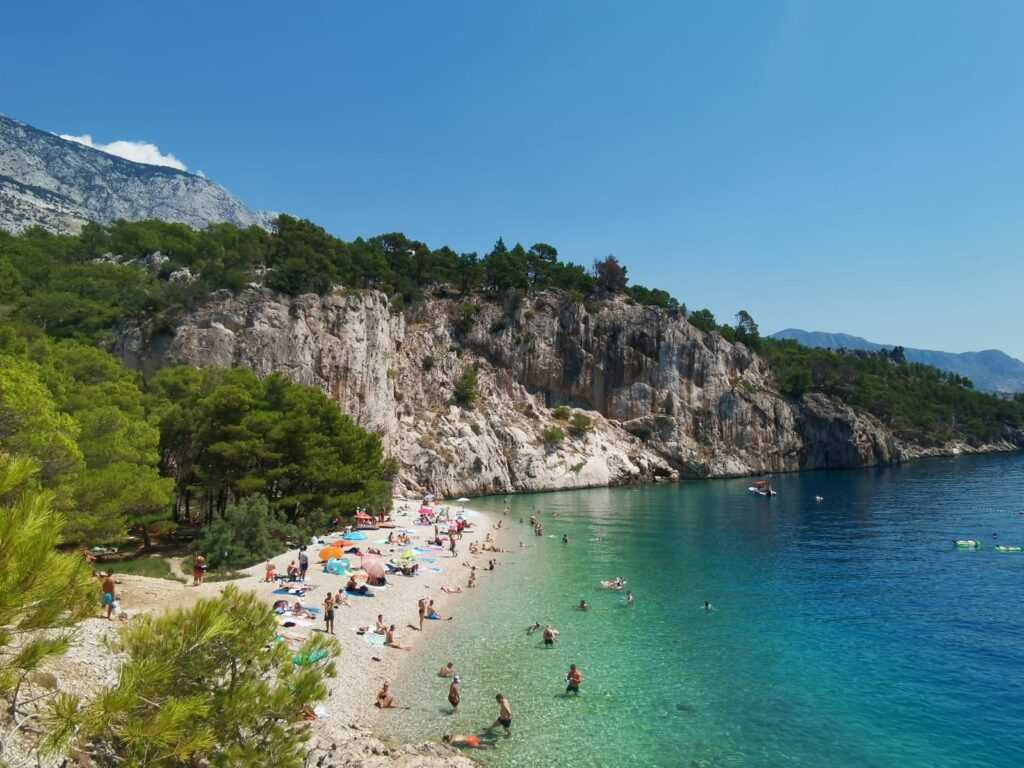
We wish you many travels, magical Vis leaves no one indifferent, so add it to your bucketlist!
Thank you!
I sretan put!
